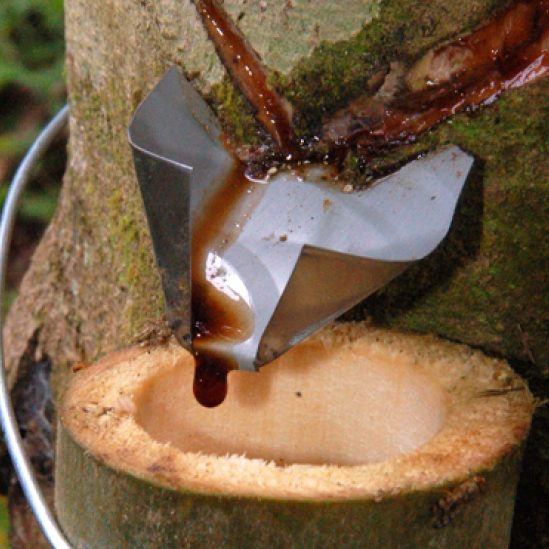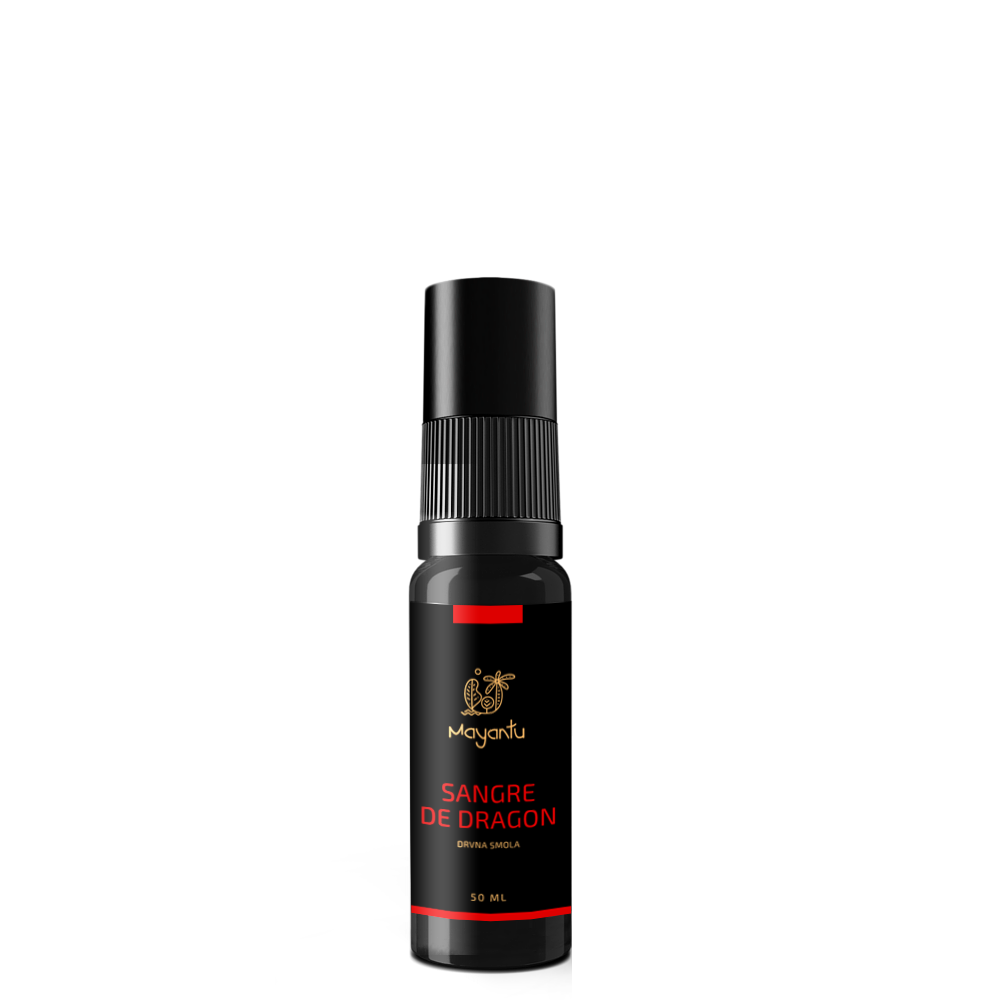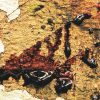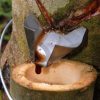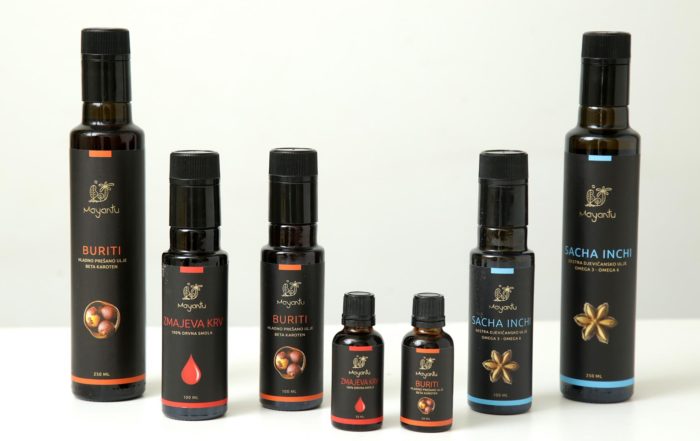Info
INCI: Croton lechleri resin extract
Suggested use: Cosmetic product
Part of the plant used: Resin
Extraction method: Manual collection
Production process: Wild harvest
Country of origin: Peru
Other names: Sangre de grado/drago, dragon’s blood, drago, sangue de drago, sangue de agua
Product values
The Sangre de Drago resin is rich in phytochemicals, including proanthocyanidins (antioxidants), simple phenols, diterpenes, phytosterols and biologically active alkaloids and lignans.
In particular, scientists have highlighted “active” ingredients that heal wounds, an alkaloid called taspine and a lignan called dimethylcedrusine.
Major plant chemicals include: alpha-calacorene, alpha-copyene, alpha-pinene, alpha-thujene, beta-caryophylene, beta-elemen, beta-pinene, betaine, bincatriol, borneol, calamenene, camphene, catechins, cedrucin, crolechinic acid, cuparophenol, D-limonene, daucosterol, dihydrobenzofuran, dimethylcedrusine, dipentene, eugenol, euparophenol, gallocatechin, gamma-terpinene, gamma-terpineol, hardwickiic acid, isoboldine, corberin A&B, lignin, linalool, magnofil, magnofen, magnofen -cymene, proanthocyanidins, procyanidins, resin, tannin, taspin, terpinen-4-ol and vanillin.
Application
Wood resin contains proanthocyanidin which promotes skin regeneration. Twice a day, apply resin directly to the problematic part of the skin. Rub with light but fast movements until thick foam appears. Rubbing the resin takes on a dense structure and changes colour to white. Safe for all age groups and pets.
The dragon’s blood is a liquid structure of low viscosity. When exposed to air, it indurates, so it is important to close the bottle during and after use. In case of contact with clothing or household objects, wash immediately with water. After it dries, it is difficult to wash the resin stains.
Because of its extraordinary regenerative properties, attracts a lot of attention as a miracle ingredient in anti-ageing cosmetics to combat wrinkles and skin lifting. </ Span>
Tradition
Skincare
Dragon’s blood has strong antibacterial, antiviral and antioxidant properties that help regenerate damaged skin.
The resin should be rubbed directly on the affected area several times daily and allowed to dry. Please note: the resin is red! It will temporarily stain the skin a reddish-brown (which will wash off), but it will permanently stain clothing. Rubbing the resin in the palm of the hand first or directly where applied will thicken the resin into a thin, lighter colored paste, which helps form a second skin on top of a wound or rash and reduces staining. For internal use, the traditional remedy is 10-15 drops in a small amount of liquid, taken 1-3 times daily (be prepared, however; it tastes quite dreadful).
Resin has traditionally been used on acne-prone skin, skin wounds, scratches and burns, even in sexually transmitted diseases.
Tribal communities consume resin orally to boost immunity and combat serious diseases. In the European market dragon’s blood is not intended for oral use.
Dragon’s blood is one of the newly discovered wonders of Amazon medicine. Tribal communities use resin as the sole source of first aid in the harsh environment.
Production process
Unlike other tropical plant species, the Croton lechleri tree prefers plenty of sunshine and therefore it is used as a pioneering species in forestation of the degraded Amazon regions.
Mayantu is proud to support the forestation project – join us!
The Dragon Blood resin is obtained by notching the Croton lechleri bark. We collect the resin that plant creates as trunk injury protection.
The resin is collected by light dripping into a wooden vessel and then filtered to remove solid organic material.
The product originates from an isolated Native American Matces tribe.
